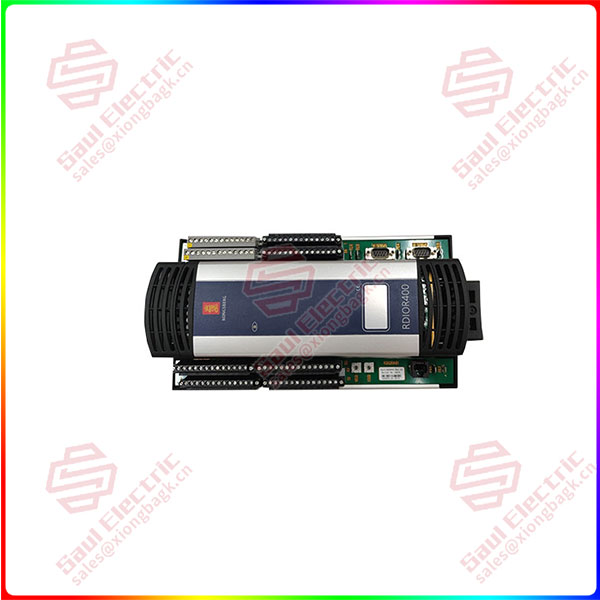Validation can be performed automatically
The tightening system can measure itself without the need for additional measuring equipment
Downtime is minimized and inspections can be done during continuous production
The entire tightening system, including the output drive head, can be inspected
In order to ensure the safety of products, most industrial assembly fields have extremely high requirements for the tightening accuracy of product processing, which is why many integrators have chosen the intelligent tightening system of Bosch Rexroth. With the long-term operation of the tightening system, regular shutdown calibration is essential, but is there a more efficient way to complete the inspection during production? To this end, Bosch Rexroth has created a “artifact” – the TASS verification system.
After running for a certain amount of time, the accuracy of the tightening system often has a certain deviation, and it is necessary to calibrate the system at a specific period in order to verify and correct its deviation.
However, the occurrence of some small probability events may still affect the accuracy of the tightening equipment after calibration. Once such faults are found through measurement, it means that the assembly tightening torque of all products during the two measurement calibration weeks may be deviated. In serious cases, the product needs to be recalled, resulting in huge losses for the enterprise.

RDIOR400
In order to reduce the inconvenience caused by such faults, the usual practice is to shorten the measurement calibration period. But this will not only increase downtime and time consuming, but also increase operating costs. With the innovative TASS verification system, manufacturers can check the accuracy of the tightening system at all times during the assembly process, which can solve these problems.
The structure and working principle of TASS verification system
TASS verification system consists of two parts: hardware and software. The hardware includes a TASS verifier and a workpiece tray adapter for attaching the former to the workpiece tray. The software includes IL APP verification software and setup software for verifying the tightening system.
When verifying the tightening system, simply connect the TASS validator to the output side of the tightening system to be evaluated and use a specific tightening procedure to tighten the TASS validator to obtain a curve of the tightening process (the relationship between torque and Angle). The validation software in the tightening system compares this curve with the standard curve stored in the system and evaluates it against the TASS validation system’s algorithm. If the consistency is good, it indicates that the tightening system has no deviation and the system works normally. If the consistency is poor, it indicates that there is a deviation in the tightening system, and it is necessary to re-measure and calibrate.
 1 Year Warranty
1 Year Warranty





